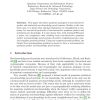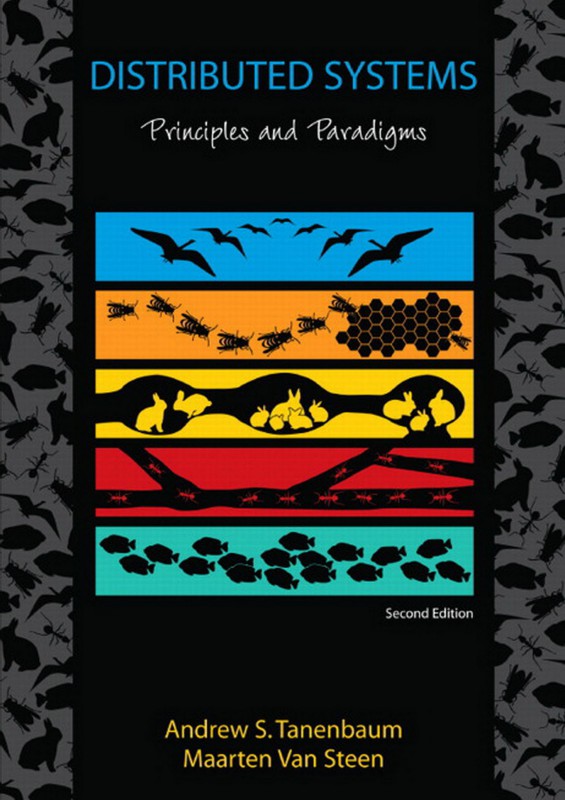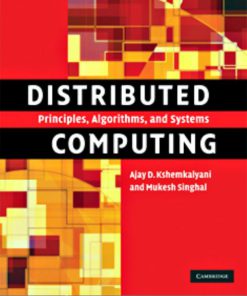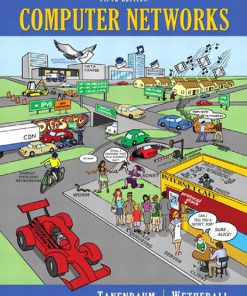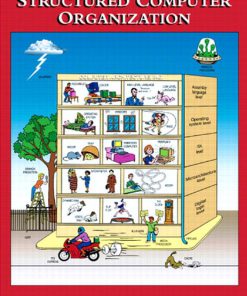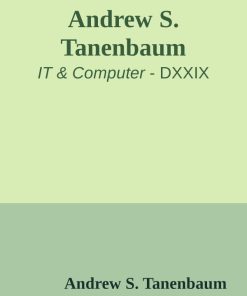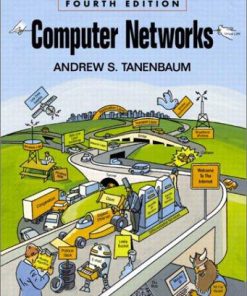Distributed Systems Principles and Paradigms 2nd edition by Andrew Tanenbaum, Maarten van Steen ISBN 0132392275 978-0132392273
Original price was: $50.00.$25.00Current price is: $25.00.
Authors:Andrew S. Tanenbaum; Maarten van Steen , Series:Cyber Security [3] , Tags:Computers; Distributed Systems; Client-Server Computing , Author sort:Tanenbaum, Andrew S. & Steen, Maarten van , Ids:Google; 9780132392273 , Languages:Languages:eng , Published:Published:Apr 2007 , Publisher:Pearson Prentice Hall , Comments:Comments:Virtually every computing system today is part of a distributed system. Programmers, developers, and engineers need to understand the underlying principles and paradigms as well as the real-world application of those principles. Now, internationally renowned expert Andrew S. Tanenbaum – with colleague Martin van Steen – presents a complete introduction that identifies the seven key principles of distributed systems, with extensive examples of each. Adds a completely new chapter on architecture to address the principle of organizing distributed systems. Provides extensive new material on peer-to-peer systems, grid computing and Web services, virtualization, and application-level multicasting. Updates material on clock synchronization, data-centric consistency, object-based distributed systems, and file systems and Web systems coordination. For all developers, software engineers, and architects who need an in-depth understanding of distributed systems.


